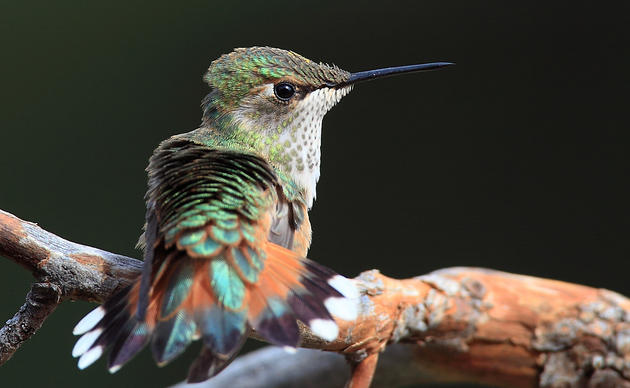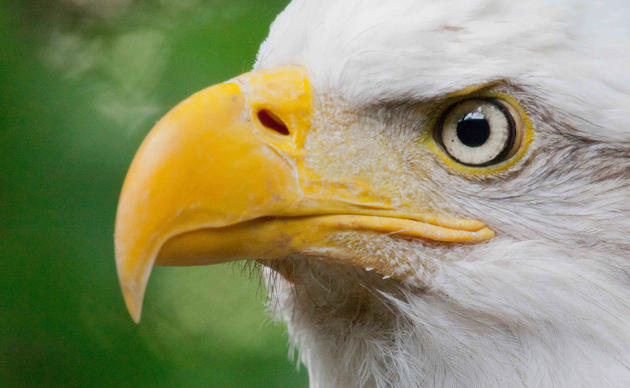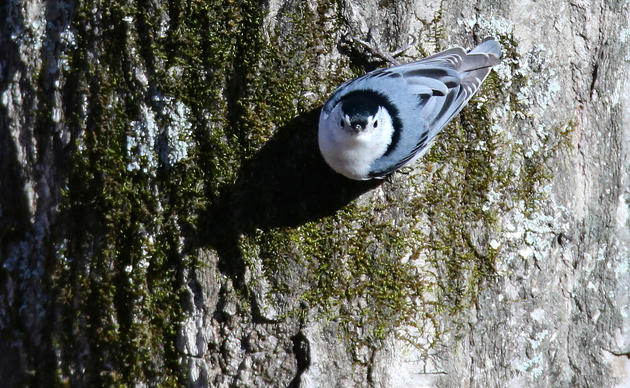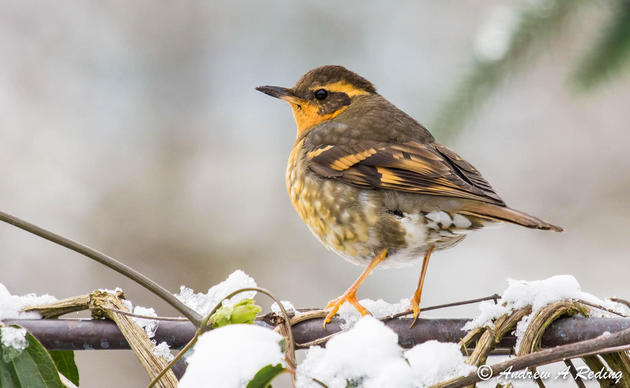Fire in the Shrub-steppe
What’s at Stake
Shrub-steppe is an iconic habitat of the western United States. The shrubs, forbs, and grasses that define it make up a seemingly vast and open landscape that encompasses seven states. From eastern Washington and Oregon, through Idaho, Nevada, Utah, and into western Wyoming and Colorado, the sweeping landscape is described by some as the “sagebrush sea.”
Shrub-steppe once covered over 10 million acres in the Columbia Plateau, representing the northwestern edge of the roughly 247 million acres that covered the West. Today, just 20% of Washington’s shrub-steppe remains, and many of these areas are fragmented, degraded and at risk. Although fire is a natural part of shrub-steppe ecosystems, accelerated wildfire cycles driven by invasive cheatgrass have reduced fire intervals from every 30-100 years to every 5 -15 years. Sagebrush can’t recover in such a short time, and we’re seeing large tracts of intact habitat – and associated wildlife - being lost to invasive grasses and fire.
Cheatgrass in Sagebrush Country
Communities at Risk
More fires mean increased challenges for local communities. This is especially true when it comes to the health of farmworkers and other people whose jobs must be performed outside. As fires become more frequent and more intense, problems stemming from heat exhaustion and smoke inhalation are made worse. Fire also threatens cultural and natural resources on ceded and unceded tribal lands, threatening tribal community members’ ability to fish, hunt, and gather in all usual and accustomed areas.
Audubon Washington invited WDFW Commissioner Dr. Kim Thorburn, Conservation Photographer Dave Showalter, and WDFW Biologist Dr. Mike Schroeder to discuss sagebrush conservation after the 2020 fire season.
How you can help, right now
Be the Voice for Birds
Decision makers need to hear from you. Sign up for Audubon Washington's Action Alerts and you will have an opportunity to weigh in on proposals that impact birds.
Get Involved
Birds need YOU! Get involved in helping to preserve our birds and their habitats today. There is something for everyone!
Take Action on Climate Change
Does your decision maker know that climate change is number one threat to birds? Ask for their help to protect the birds, the places, and the planet we love.




